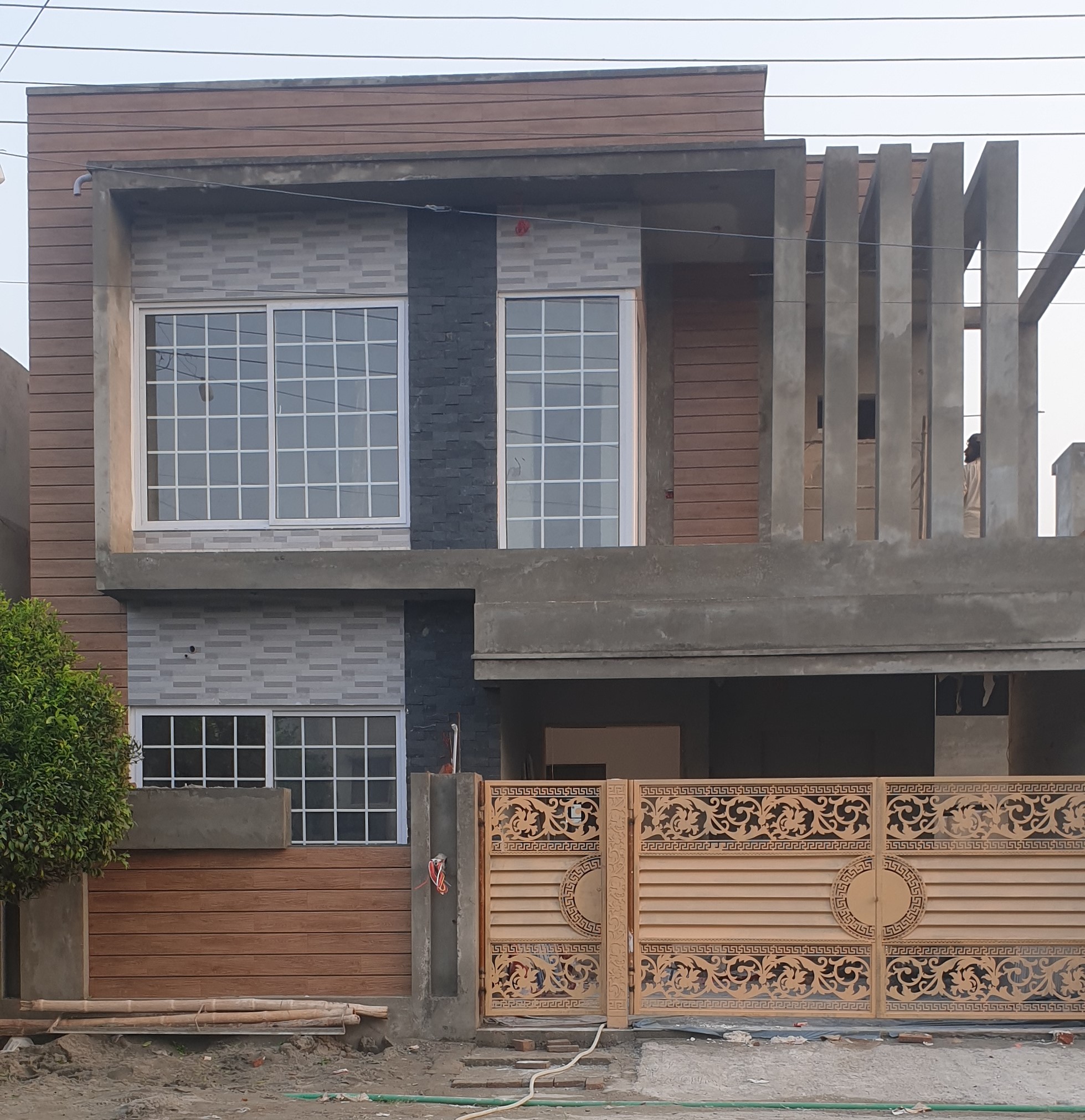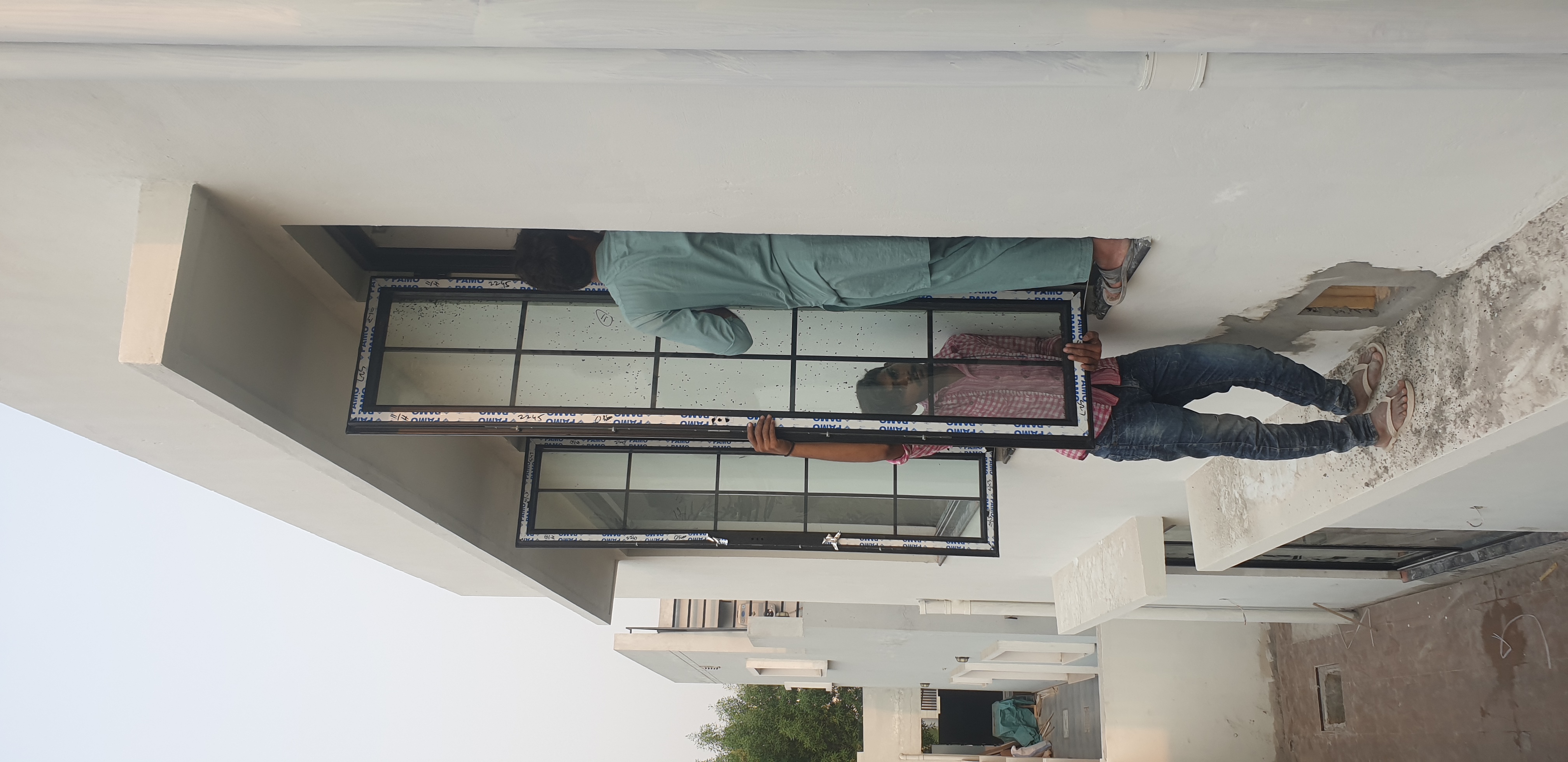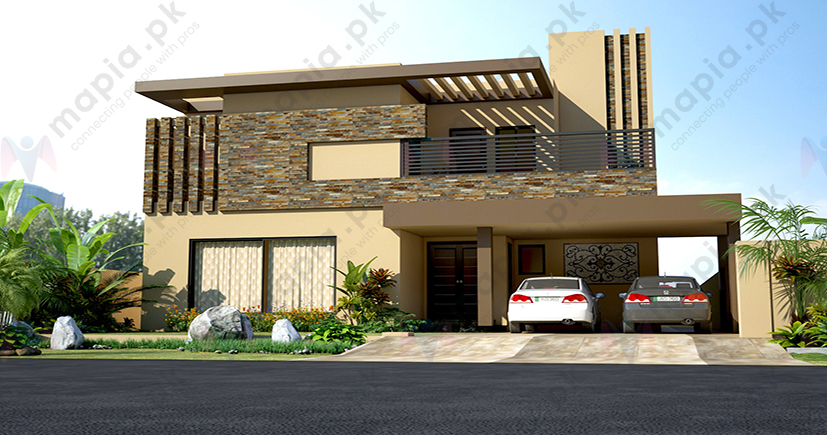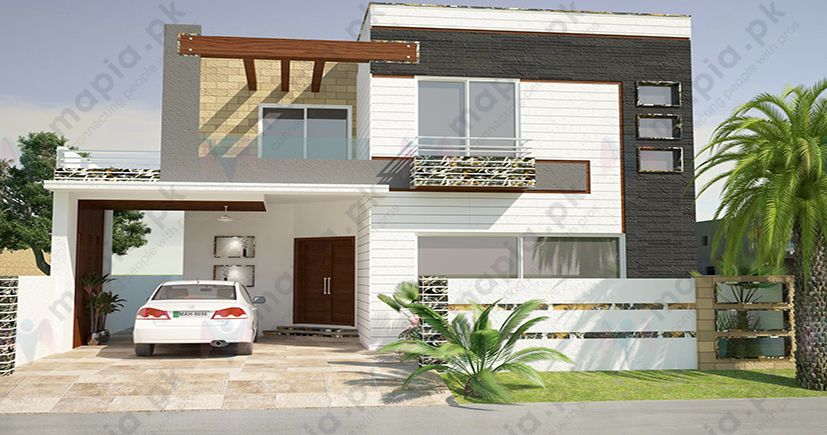Architectural and Engineering Glossary
B
An architectural component of a building,facility,or site.
The combination of conditions that may influence,modify,or other wise affect a person,piece of equipment,or system in a building (for example,lighting,noise,temperature,relative humidity,and/or odors).
The structural framing system of a building having an essentially complete space frame that supports vertical loads.
A house sewer within a building that conveys sewage in combination with storm water and other clear water wastes.
The water supply pipe,including fittings and accessories,from the water main or other source of supply to the first branch of the water distributing system.
The actions of ensuring that a building remains in working condition by preserving it from deterioration,decline,or failure.
Premium Product & Services
Best products and services from our partners
See maisonette.
Any material used in construction,such as steel,concrete,brick,masonry,glass,wood,etc.
An official designated by the appointing authority,whatever his official title,to enforce the provisions of the applicable building code and other applicable laws.
The reproduction by new construction following the exact form and details of a no longer existing building or artifact as it once appeared.
British term for building code.
The returning of a building to a useful state by repair,alteration,and modification.
A line,defined by local ordinances,beyond which structures may not be erected;usually parallel to the street line.
The addition of new building materials,building elements,and components not provided in the original construction.
See sanitary drain.
A building sewer which conveys sewage but does not convey storm water.
A vertical or inclined tube or channel that conveys and controls the fall of objects such as mail,laundry,and garbage to a lower level.
That part of the horizontal piping of a drainage system which extends beyond the ends of the building drain and receives the discharge of the building drain and conveys it to a public sewer,private sewer,individual sewage disposal system,or other point of disposal.
One of a number of organizations in Britain that finance the purchase of a home in exchange for the purchaser’s down payment cost,plus interest;often backed by an insurance company.
The overall space within a building envelope.
See building code.
Any stone which may be used in building construction:granite,limestone,marble,etc.
A building drain that conveys only storm water.
Same as built-up beam.
Fabricated completely on the jobsite,as joinery fabricated from lumber of standard sizes.
A curved stair string formed of wood members fastened together by counter cramps.
Built as an integral part of a larger construction,as furniture which is especially fitted in a building.
In lighting,see lamp bulb,light bulb.
An angle iron,one side of whichthickens toward the edge,forming a bulbous rib.
A steel or iron bar,one side of which thickens toward an edge,forming a bulbous rib at that edge.
A pedestal pile.
See lampbulb.
Cement which is transported and delivered in bulk (usually in specially constructed vehicles) instead of in bags.
The weight of a material (including solid particles and any contained water) per unit volume including voids.
The process of excavating and then moving the excavated material to another location.
A refuse compactor in which the refuse is compacted within the unit itself,into a specific volume,in one or more bags.
A measure of the specific gravity of a pigment,usually expressed as gallons per 100 lb or liters per kilogram.
A pointed steel hand drill,which is struck with a hammer;used to chip off small pieces of masonry or rock.
A tractor or other prime mover equipped with a blade attached by arms or brackets to its front end;used in pushing or piling earth or rock.
Same as ball catch.
Same as bull’s eye.
A strong defensive wall structure,generally low enough to permit defensive fire.
See guard bar.
See guard bar.
A continuous,low wall or embankment along a body of water.
A Gothic pier in which the plan takes a continuous undulating and breaking out line,giving the appearance of a dense bundle of rising forms rather than the distinct shafts of the compound pier.
Closely spaced columns that are interconnected and used as a building’s outer wall,forming a strong structural system.
A house similar in characteristics to a bungalow,but having two stories.
A group of three or more detached,one-story,single family dwellings,arranged with common utilities and accessories under a common ownership.
A built-in,usually narrow,bed.














